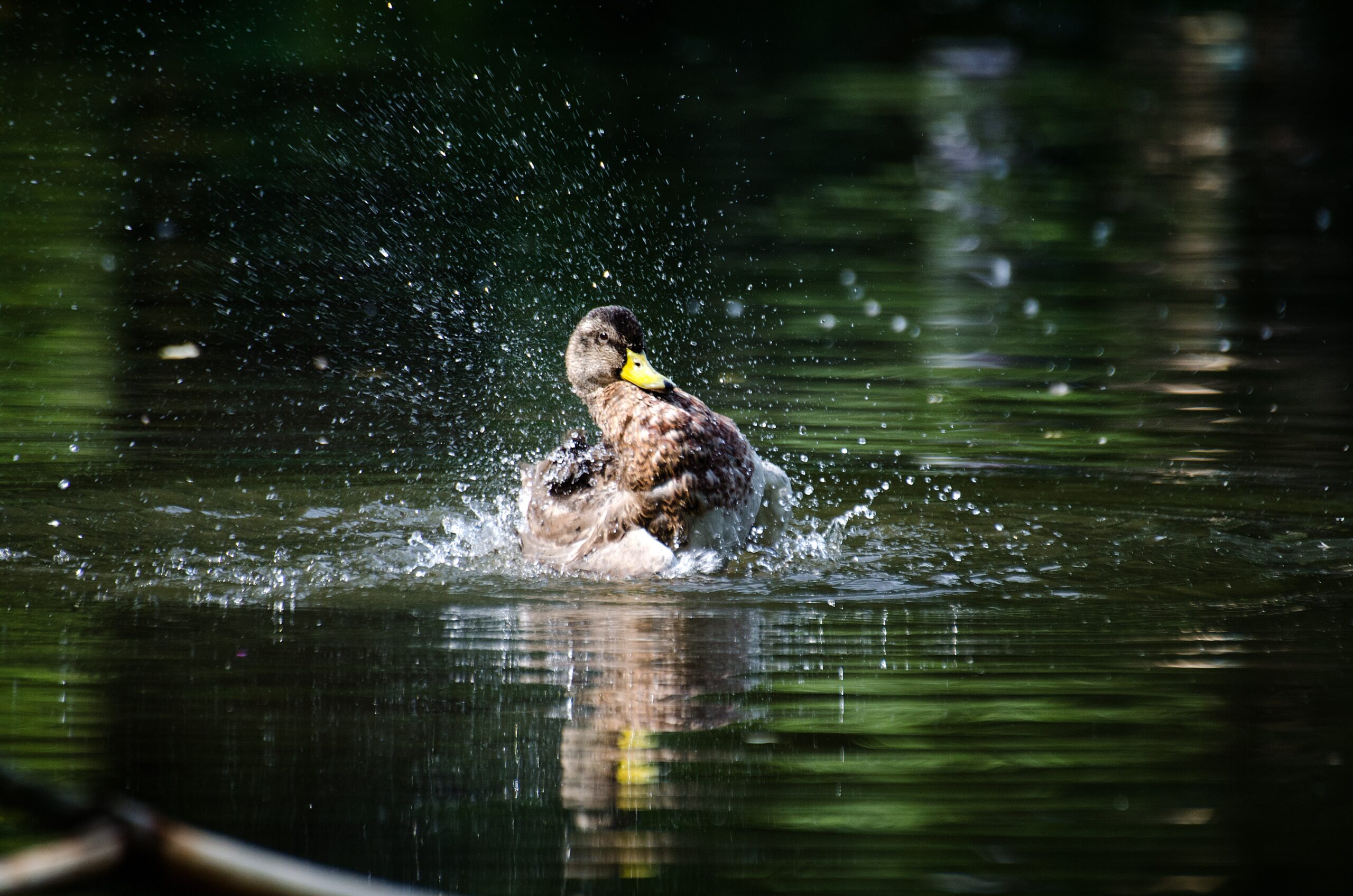Originally appeared in The Wall Street Journal on August 29, 2014.
Gun owners may view President Obama as public enemy No. 1, but wildlife have reason to cheer. Thanks to gun control policies supported by the president and leading Democrats, gun and ammunition sales have skyrocketed and so have excise tax revenues. Those revenues are earmarked for wildlife restoration.
You might think gun buyers would oppose such taxes, but they supported the legislation that created the tax. The Pittman-Robertson Act, passed in 1937, created the Federal Aid in Wildlife Restoration Program. It taxes the sale of guns, ammunition, shooting gear and archery equipment at rates from 1% to 11%. Between 1937 and 2012, the tax generated over $12 billion.
The surge in gun and ammunition sales since President Obama was elected has increased Pittman-Robertson funds to more than $760 million in 2014 from $310 million in 2008. A similar tax on fishing and boating equipment, from the 1950 Dingell-Johnson Sport Fish Restoration Act, generated another $325 million for fish restoration in 2014.
You might say Mr. Obama is the best thing to happen to fish and wildlife since Teddy Roosevelt. After Minnesota received $23 million from Pittman-Robertson this year, Ed Boggess of the Minnesota Department of Natural Resources told the Minneapolis Star Tribune it is “a huge boon to wildlife programs.”
Conservation groups are also happy. On the law’s 75th anniversary in 2012, the National Wildlife Federation said wetland acquisition and restoration was “vital to ducks, geese, and other waterfowl.” The Michigan Department of Natural Resources recognized Ducks Unlimited for helping match Pittman-Robertson funds to purchase the majority of its “Managed Waterfowl Hunt Areas.”
The people who buy guns, archery equipment and fishing rods support these “pay to play” taxes because they get direct benefits. Pittman-Robertson funds have brought white-tailed deer, wild turkeys and wood ducks back from the brink of extinction.
They’ve also paid for habitat restoration in South Dakota, Nevada and Oregon to keep the sage grouse from being listed under the Endangered Species Act. The Oregon Department of Fish and Wildlife lists mule deer, blacktail deer, Rocky Mountain elk, cougars, bears, mountain quail and waterfowl as species that benefit from Pittman-Robertson.
Non-hunting environmentalists also have reason to celebrate what some gun buyers call the “Obama bump” in funding for wildlife restoration. Pittman-Robertson provides habitat for non-game species such as song birds, raptors and small mammals. The 82 Pittman-Robertson projects listed by South Dakota Fish and Wildlife include turtles, bats, raptors, woodpeckers and native grasses.
States use about 60% of Pittman-Robertson funds to operate Wildlife Management Areas. Many of these lands are owned privately but managed by the states for hunting, fishing, hiking and camping. The U.S. Fish and Wildlife Service, which allocates Pittman-Robertson funds, recently estimated that 70% to 95% of the people using these areas are not hunting.
Evidence of the support for the fish and wildlife restoration tax is illustrated by the political ratings for John Dingell (D., Mich.), the longest serving member of Congress and co-sponsor of the sport fishing tax. In 2013 he got an A+ grade from the National Rifle Association and a 93% rating from the League of Conservation Voters, the powerful environmental lobby.
Environmentalists and recreationists who benefit from “pay to play” taxes, however, are getting a free lunch. Some outdoor equipment and clothing companies—such as Patagonia with its “1% for the Planet” program—give a share of their profits to environmental causes. Hiking, biking and fishing clubs also help to build trails, clean up streams and improve habitat. But the day-to-day cost of natural resource and recreation management is paid by license fees, excise taxes and other state funds.
The user-pay principle should apply to others who use public lands. For example, the number of mountain bikers has grown from a handful to more than 7.1 million over the past 30 years, according to the Outdoor Foundation. Mountain bike riding may be free, but it is not without cost. Fancy mountain bike trails can cost as much as $30,000 per mile, roughly three times the cost of traditional hiking trails. One study showed the average household income of a mountain biker is $80,000 to $100,000, so bikers would appear to be able to pay their own way.
Suppose excise taxes were applied to other outdoor recreational equipment such as backpacks, kayaks and mountain bikes. The Outdoor Industry Association estimated that recreation product sales totaled $120 billion in 2012. Even a 1% tax on these sales would generate real money. If hunters, fishers and boaters pay, why shouldn’t other recreationists also pay for trail maintenance, search and rescue and wildlife restoration?
Expanding the “pay to play” model is a way to connect users and suppliers, in much the same way markets do. Just as hunters get more game to shoot, recreationists and environmentalists could get more of the amenities they want. NRA and environmentalists, unite!




